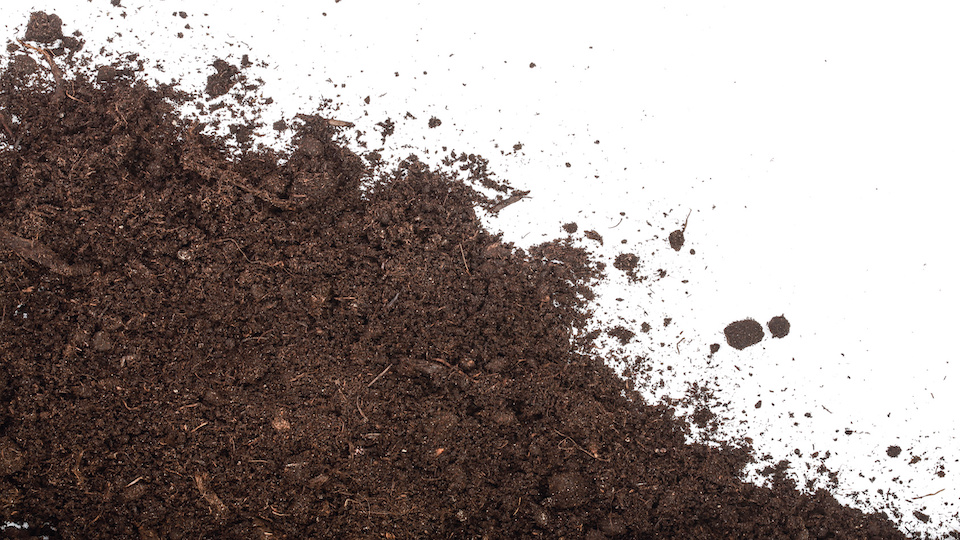“The cause of plant disease is poor nutrition and an unhealthy soil ecosystem. The fate of plants is as inseparably entwined with that of the soil as our fate is entwined with theirs. If we want to eat nutritious food we need to take care of the soil, for we too are part of this web of life.” – Heide Hermary
If you have heard it said that your plants are only as good as the soil that they are grown in, you have heard correctly. Even starting your garden with the highest quality plants does not guarantee success when the earth that they are grown in is subpar. Soil is the foundation and the life force for plants, and you must pay particular attention to building it up before planting.
How healthy is your soil?
One of the best ways to know if you have healthy soil is to conduct a soil test. This helps determine what your soil pH is. In addition, grabbing a handful of garden soil allows you to check soil structure and scout for living creatures like worms. The more, the better.
Here are some easy ways that you can build up your soil so that your plants will thrive.
Don’ use chemicals
As tempting as it may be to squirt, pour, and douse your soil with chemicals in an effort to improve it…Don’t give in. The best way to build your soil for long term success is through natural means. Synthetic fertilizers are toxic to your soil.
Don’t dig
Digging is another big ‘no-no’ if you want healthy soil. For one, digging stirs up dormant weed seeds. Think about it this way – nature stays asleep until disturbed. If you mess with your soil, the weed seeds will germinate. Gently forking your soil is best – this actually improves soil structure. Double digging is not only back-breaking work, but it will surely destroy the living community of microorganisms that call the soil their home.
Also, don’t attempt to work your soil after a rain, as it needs time to drain. And, don’t walk on your garden soil – this too is damaging.
Nitrogen-fixing is a must
The primary ingredient in most fertilizers is nitrogen. Think of nitrogen as the carbohydrate of the plant world. Nitrogen gives plants that extra boost they need to grow and produce delicious and nutritious fruit and huge beautiful flowers and healthy foliage.
The best way to provide nitrogen is to use nitrogen-fixing plants. These plants call on the help of a bacterium called Rhizobium. This bacteria infects legume plants, including peas and beans and uses support from the plant to draw nitrogen from the air. The bacteria converts the nitrogen to gas and stores it in the roots of the plant
This nitrogen store causes a nitrogen nodule to grow on the plant. If ever you see this on a legume plant, you know that it is a good thing. While nitrogen-fixing plants are growing, they don’t release very much nitrogen into the soil. However, when they are finished growing and die, the decomposition process releases stored nitrogen and adds to the total nitrogen in the soil. In a bittersweet way, their death provides nitrogen for future plants.
Plant a winter cover crop like clover or winter peas and turn this over into your soil come springtime. As these plants break down, they increase the amount of nitrogen in the ground, making it available for other plants that are unable to get nitrogen from the air
Add organic matter
To build healthy soil, you have to add organic matter that has not been contaminated by chemicals. Layering organic matter on the top of your garden bed will create an attractive habitat for soil organisms while adding nutrients and moisture to the soil. Additionally, soil structure improves pH balances.
Here is some of the best organic matter you can add to your soil.
- Kitchen food scraps
- Clippings from grass – green clippings add nitrogen, brown clippings add carbon
- Leaves
- Branches and pruned seedless weeds
- Coffee grounds
- Aged manure – not from animals that are on a chemically-treated pasture or have been recently medicated
- Plant material – free of disease
Note: Having your own compost system is a great way to add nutrient-rich soil back into your garden. Vermicomposting (worm farming), is great for recycling organic nutrients and getting some nutrient-rich worm castings in return.
Cover soil
It makes no difference if you are growing in containers, raised beds, or a garden in the ground – there should never be any bare earth. Always cover your soil with living ground cover. Leaves, hay, bark chips, and dried grass clippings all work well. You can also plant a cover crop or ground cover that will stop weeds from growing and also feed soil organisms. Covering your soil prohibits moisture from evaporating and helps encourage a healthy environment that feeds the soil
-Susan Patterson




